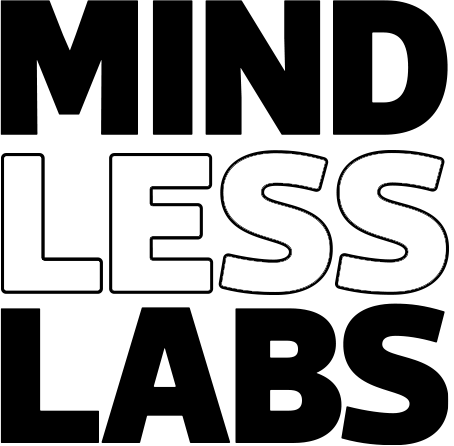My professors in graduate school would often say “Assessment is Intervention.” An “intervention” in therapy terms means any action taken to help a client. And “assessment” is any question that invites a client to reflect.
A lot of therapy aims to increase awareness of thoughts, feelings, and experiences. Just naming an emotion often reduces its intensity, or just identifying a behavior pattern keeps it from happening. There is a lot of power in reflection.
And, we don’t always need invitations from professionals to help us reflect. There are many tools available to help us in this process. One basic tool is journaling. If you just sit down and record your thoughts, you are already engaging in the change process.
But other tools can take reflection even deeper. In conventional psychotherapy, it is common to track mental health symptoms to prompt reflection and plan other interventions.
And, the simple act of regularly tracking has been shown repeatedly over years of research to have direct positive effects on mental health3.
How is this done? A simple way is to pick a few basic symptom measures that professionals use, and look at your scores over time. Every few weeks in my practice, I have my clients take the GAD-74 to measure anxiety levels, PHQ-92 to measure depression levels, and the DES-II1 to measure dissociation (a crucial measure of mental health!). It takes about 5 minutes total to fill them all out. Then, we discuss whether their numbers are changing, why they are changing, or why they might not be, and make adjustments to our treatment plan accordingly.
Why does this matter? Shouldn’t we be able to tell when we are doing better or worse without needing to score ourselves? Well, our current perception of our feelings is important, but the emotional part of our brains actually isn’t always good at recalling history accurately or finding important connections. When we track our progress, it becomes much easier to determine what helped or hurt along the way, and can reduce denial. For example, a client might say to me “I’m thinking of getting back with my ex. I think I would feel better.” I might respond with, “I recognize that you’re feeling a lot of insecurity right now that you aren’t in a relationship. And it’s possible that this may help. Though, let’s consider that your depression scores were much higher when you were dating them than from before and after. What are your thoughts on that?”
It may also be helpful to create your own measures. There are lots of indicators of how well you are doing or numbers that could provide insight: How many workdays did you miss this month? How much time did you spend on social media this week? What was your average heart rate today? If it prompts you to reflect on yourself, and provides measures you can compare over time, then keeping an eye on it is likely to help.
- Arzoumanian, M. A., Verbeck, E. G., Estrellado, J. E., Thompson, K. J., Dahlin, K., Hennrich, E. J., … & Trauma Research Institute. (2023). Psychometrics of three dissociation scales: Reliability and validity data on the DESR, DES-II, and DESC. Journal of Trauma & Dissociation, 24(2), 214-228.
- Kroenke, K., Spitzer, R. L., & Williams, J. B. (2001). The PHQ‐9: validity of a brief depression severity measure. Journal of General Internal Medicine, 16(9), 606-613.
- Lewis, C. C., Boyd, M., Puspitasari, A., Navarro, E., Howard, J., Kassab, H., … & Kroenke, K. (2019). Implementing measurement-based care in behavioral health: a review. JAMA Psychiatry, 76(3), 324-335.
- Spitzer, R. L., Kroenke, K., Williams, J. B., & Löwe, B. (2006). A brief measure for assessing generalized anxiety disorder: the GAD-7. Archives of Internal Medicine, 166(10), 1092-1097.






